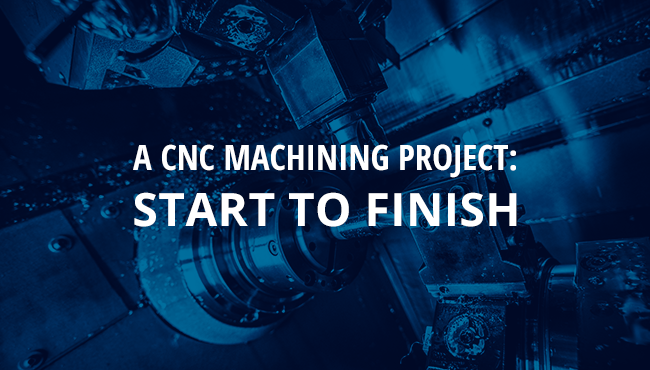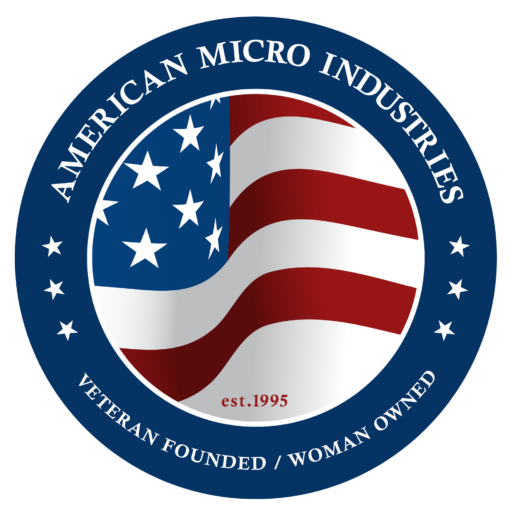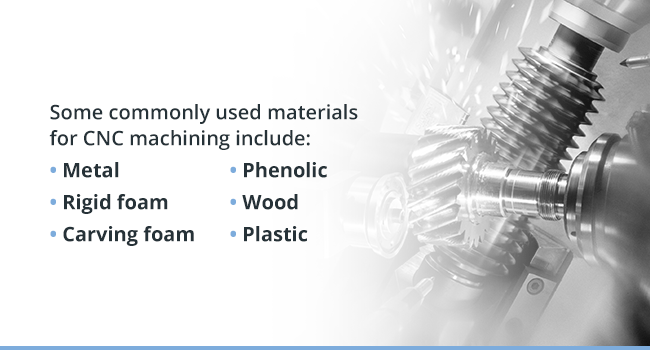
Computer numerical control (CNC) machining is a form of subtractive component formation that creates finished products by cutting away material from a larger piece based on the design program. From start to finish, the entire project includes more computer programming and design capabilities than many expect from a manufacturing process. A firm grasp of CNC machining project programming and CAD design will be integral to success for a project using this form of production.
CNC Machining Project Examples
CNC machining works well for many types of projects. Due to the ability to manufacture small numbers of identical parts after creating a program, companies often request machined parts. Some CNC machining project examples include small-run projects, hard-to-find replacement parts or prototypes. Industries that use CNC machining include telecommunications, aerospace, medical, defense, electronics and any others that require custom-made components.
CNC Machining Project Process
An entire CNC machining project example starts with computer-aided design (CAD) software. Next, the programmer converts the CAD design into one the CNC machine’s computer can understand. Third, the user must place the material in the equipment and ensure it has the appropriate tools affixed to it for the application. Lastly, the programmer executes the CNC program, which directs the device to create the design in its system.
The Beginning: Materials for a CNC Machining Project
First, the materials used for CNC machining will dictate the types of cuts the design can create. For example, thin plastic may not stand up to deep cuts into the material as durably as metal, dense foam, wood or thick plastic. Some commonly used materials for CNC machining include:
- Metal
- Rigid foam
- Carving foam
- Phenolic
- Wood
- Plastic
What Are the First Steps?
The first steps of the CNC machining process happen with software. Those who don’t have CAD capabilities can entrust this initial aspect of the project to someone with the necessary skills and abilities. Next, the CAD design converts to the code used by the CNC machine. Again, finding someone with experience in this method may help those who lack programming knowledge.
What to Know Before You Begin
Before getting started, understand the limitations for the machine you’re using. For instance, you cannot create cavities in materials without an opening to the outside using machining.
Typically, CNC machines have different operations depending on the type and number of tools. Drilling uses various drill bits directed at angles to the material for producing holes. Milling has a similar operation. with multiple tools that use rotating bits. However, for milling, the bits are cutting devices that subtract material from the main piece. Lastly, turning is similar to a manual lathe. The object rotates while the tools remain steady as they remove material to create cylindrical pieces.
What to Expect Once You Get Started
Once your project gets underway, you may need to stop the machine and manually rotate a part, depending on the design’s complexity and the type of machine. You may also have to factor in time for finishing the project after machining it. Lastly, practice will improve your machining capabilities. Don’t stop after only trying one project.
How Long Does a CNC Machining Project Take?
CNC machining does not have a set time to complete the process. Several factors play into the completion time. These factors include the following:
- Project complexity
- Number of deep cuts or through cuts
- Project size
Once you’ve completed programming the project, you should see a readout of the estimated time for completing the machining side of the project. You may still need to finish the part by sanding, painting or sealing it.
What Will the Final Product Be Like?
The final product should resemble the CAD design created on the computer. However, the CNC machine’s physical limitations will create design restrictions that prevent the finished product from looking as you expected.
For example, if you wanted a curved cut through a piece of material, the CNC machine’s tools would not be capable of producing that. Other factors that can impact the design’s completed appearance include the stiffness of the material and tools and how the machine holds the material.
Learning how to program a project that keeps the machine’s capabilities in mind will ensure more predictable results. For many, this step requires practice.
Troubleshooting Tips
Sometimes problems occur. Don’t give up on learning machining. In some cases, you may be able to salvage a part that runs into an issue during machining.
What to Do If You Get Stuck
If you get stuck while programming or setting up the machine, talk to an expert or consult with an online CNC course. You can find many paid and free videos to ensure you haven’t missed any crucial steps.
How to Fix or Avoid Typical Mistakes
One significant problem that occurs among those new to CNC machining is attempting to work on an oversized or heavy project. Large parts require even more material initially. The machine will require specialized tool fittings and placement to accommodate a bulky piece of material. Working on such a substantial project could generate more heat and take longer than a smaller project would. The material’s extra size can also create stress, especially after cutting, which could cause components to collapse or become misshapen.
Heavy materials require extra training to ensure the operator knows how to place the tools and material without overburdening the machine. Additionally, if the material’s weight surpasses the maximum weight the machine can handle, it could damage the equipment.
Avoid working on large or heavy projects, at least until you master smaller parts of lighter-weight materials.
Best Practices for CNC Machining Projects
To get the best results from your CNC machined projects, understand the type of machine and the tools it uses. Don’t try to force equipment to operate beyond its parameters. Also, know the properties of the material you will use. Heavy materials can cause warping if they have deep cuts and lack structural integrity for support.
Becoming an expert at CNC machining requires years of practice. Therefore, if you need professional-grade projects for your company, trust a specialist to do the job.
Request a Free Quote for Professional CNC Machining Services From American Micro Industries
While learning CNC machining programming is possible, it requires time to attain proficiency. Many beginners may not have the necessary skills for intricately designed machined projects. For work on challenging projects, hard-to-find parts or to get quality results without wasted time or effort, trust a professional with the task. Contact American Micro Industries for a free quote for expert CNC machining services or to get answers to your questions about us.




